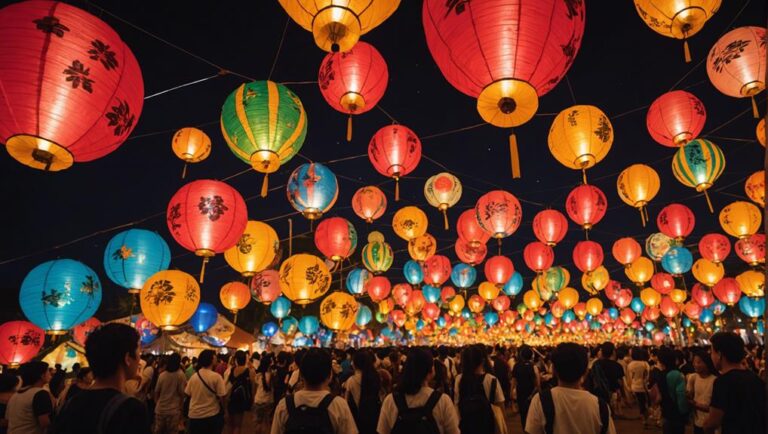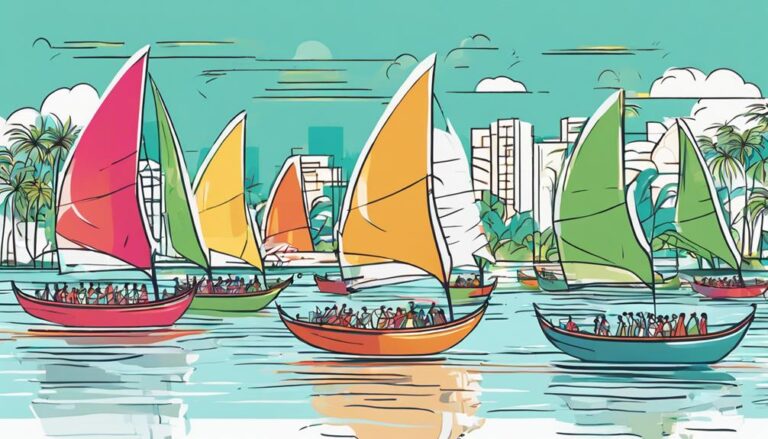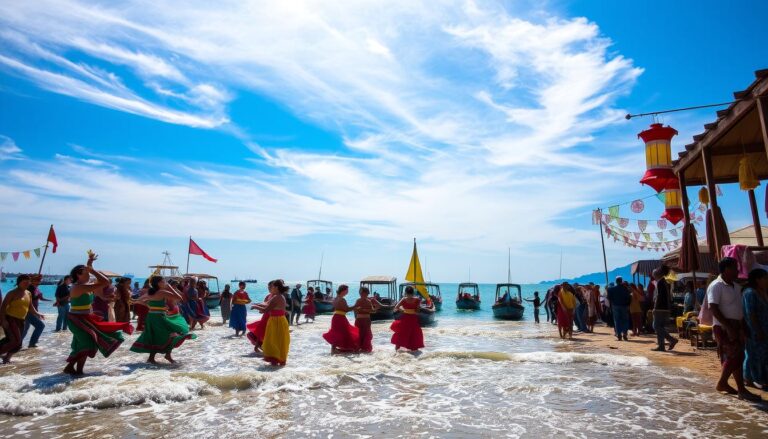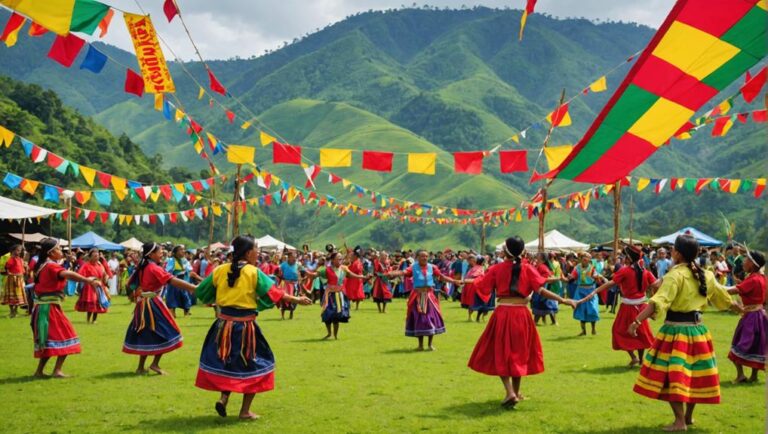Hamaka Festival: Complete Guide to Rizal’s Vibrant Hamaka Festival

Every third Sunday of February, the town of Taytay transforms into a lively hub of creativity and gratitude. This seven-day celebration, rooted in post-World War II recovery, honors local craftsmanship while blending modern energy with timeless traditions.
Originally a simple thanksgiving event, the gathering was renamed in 1975 to reflect Taytay’s thriving garment and woodworking industries. The name itself serves as an acronym celebrating these trades that put the town on the map.
From colorful parades to craft exhibitions, the people of Taytay showcase their artistic talents throughout the week. Historical connections run deep – some traditions even trace back to national hero Jose Rizal, who reportedly admired local craftsmanship during his visits.
Key Takeaways
- Occurs annually from February 10-16 in Taytay, Rizal
- Originated as post-war thanksgiving celebration
- Highlights garment-making and woodcarving heritage
- Features parades, pageants, and community activities
- Blends historical significance with modern entertainment
- Named after local industries that shaped the town
Discovering the Hamaka Festival
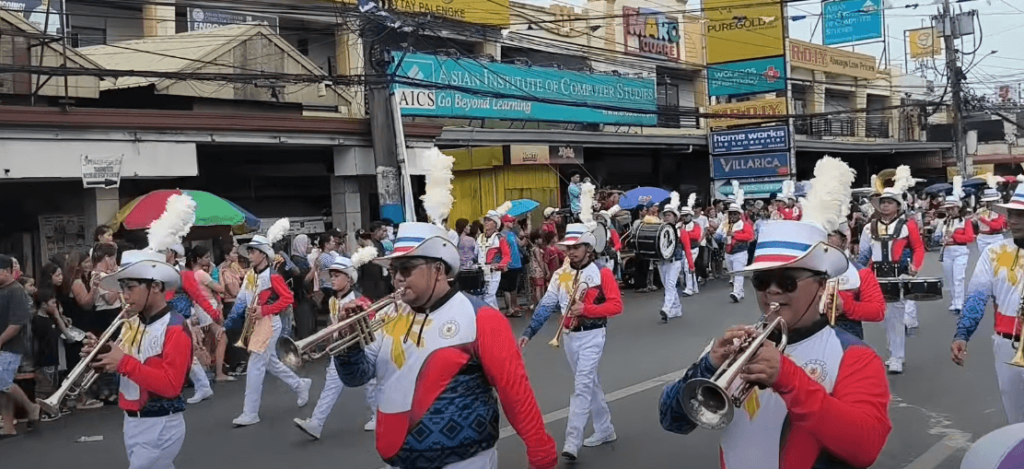
The story behind Taytay’s iconic celebration lies in its name. Locals crafted “Hamaka” as a linguistic tapestry, weaving three pillars of their industries: hamba (wooden door frames), makina (sewing machines), and kabuhayan (clothing trade). This clever acronym reflects how craftsmanship shaped the town’s identity long before it became a week-long event.
Cultural Roots and Etymology
Beyond its modern meaning, “Hamaka” nods to the woven hammocks once crafted here. These suspended beds symbolized community bonds – families worked together to knot ropes into functional art. Today, this tradition lives through textile patterns in parades and the interwoven themes of creativity displayed during festivities.
The Legend Behind the Name
Taytay’s naming tale adds another layer to its story. Spanish explorers reportedly asked a child where they stood. Startled, the boy yelled “Tay! Tay!” (Father! Father!), thinking they sought his dad. This innocent cry became the place’s official title, forever linking its identity to family-centric values that still drive local industries.
History and Cultural Significance in Taytay, Rizal
What began as a humble harvest thanksgiving evolved into a vibrant tribute to resilience. After World War II, locals established Araw ng Pasasalamat to honor their liberation and agricultural blessings. By 1975, this single-day event transformed into a week-long celebration of Taytay’s economic pillars: textiles and carved woodworks.
Evolution from Thanksgiving to Festival
Post-war recovery fueled creative reinvention. Lawmakers recognized the town’s growing reputation as the “Garments Capital of the Philippines” through House Bill No. 8508. This 2004 legislation cemented the festival’s status, blending gratitude with craft showcases. Annual parades now feature historical reenactments alongside sewing machine exhibitions.
Role of the Garments and Woodworking Industries
Textile factories and furniture workshops became economic lifelines. By the 1970s, over 60% of households relied on these trades. A local council member once noted:
“Our looms and chisels rebuilt homes – now they build community pride.”
| Era | Focus | Key Development |
|---|---|---|
| 1945-1974 | Agricultural thanksgiving | Annual harvest celebrations |
| 1975-2003 | Industrial recognition | Name change to honor local trades |
| 2004-present | Cultural institution | Legislative formalization |
Today, embroidery contests and woodcarving demos draw crowds while preserving ancestral skills. This fusion of history and handiwork keeps Taytay’s legacy alive through every stitch and wood grain.
Experience the Hamaka Festival in Rizal
Visitors stepping into Taytay during this lively week find streets pulsing with color and rhythm. The air buzzes with sewing machines humming alongside traditional bamboo instruments, creating a symphony of past and present.

Highlights of Festival Activities
Mornings begin with community fun runs, while afternoons showcase talent through dance-offs and embroidery contests. Evenings glow with beauty pageants where contestants wear locally woven fabrics. Traditional acts like Pandanggo sa Sambalilo share stages with modern singing competitions.
Must-See Events and Parade Details
The week peaks with the Grand Civic Parade on February 17. Floats draped in vibrant textiles glide past cheering crowds. Look for the Gold Fortune display – a moving art piece blending century-old patterns with neon threads. Street dancers in floral costumes twirl to folk music remixes.
Local Food, Artistry, and Community Spirit
Food stalls offer creativity on plates – try adobo cooked three ways during cooking battles. Artisans demonstrate woodcarving techniques passed through generations. One vendor smiled:
“Our threads stitch stories, not just clothes.”
Laughter echoes through the Great Taytay Tiangge, where handcrafted jewelry sits beside embroidered shirts. This celebration turns the entire town into a living museum of skill and shared pride.
Conclusion
Taytay’s annual celebration stitches together centuries of heritage with modern artistry. From its roots as a harvest thanksgiving to today’s dynamic events, the gathering mirrors the town’s journey from post-war recovery to creative powerhouse.
Seven days burst with talent showcases – think sewing contests beside woodcarving demos. The parade dazzles with floats draped in fabrics bearing ancestral patterns, while the Mr. & Ms. Hamaka pageant spotlights local designs. Every corner hums with creativity, from street dancers to cooking battles.
More than just a party, this tradition fuels economic growth. Textile workshops and furniture makers gain visibility, ensuring age-old skills thrive. As one artisan shared: “Our hands shape both crafts and community.”
Plan your visit during the third week of February. Walk streets alive with laughter and looms, where every stitch tells a story. Witness how a name born from local industries became a global invitation to celebrate resilience through artistry.

